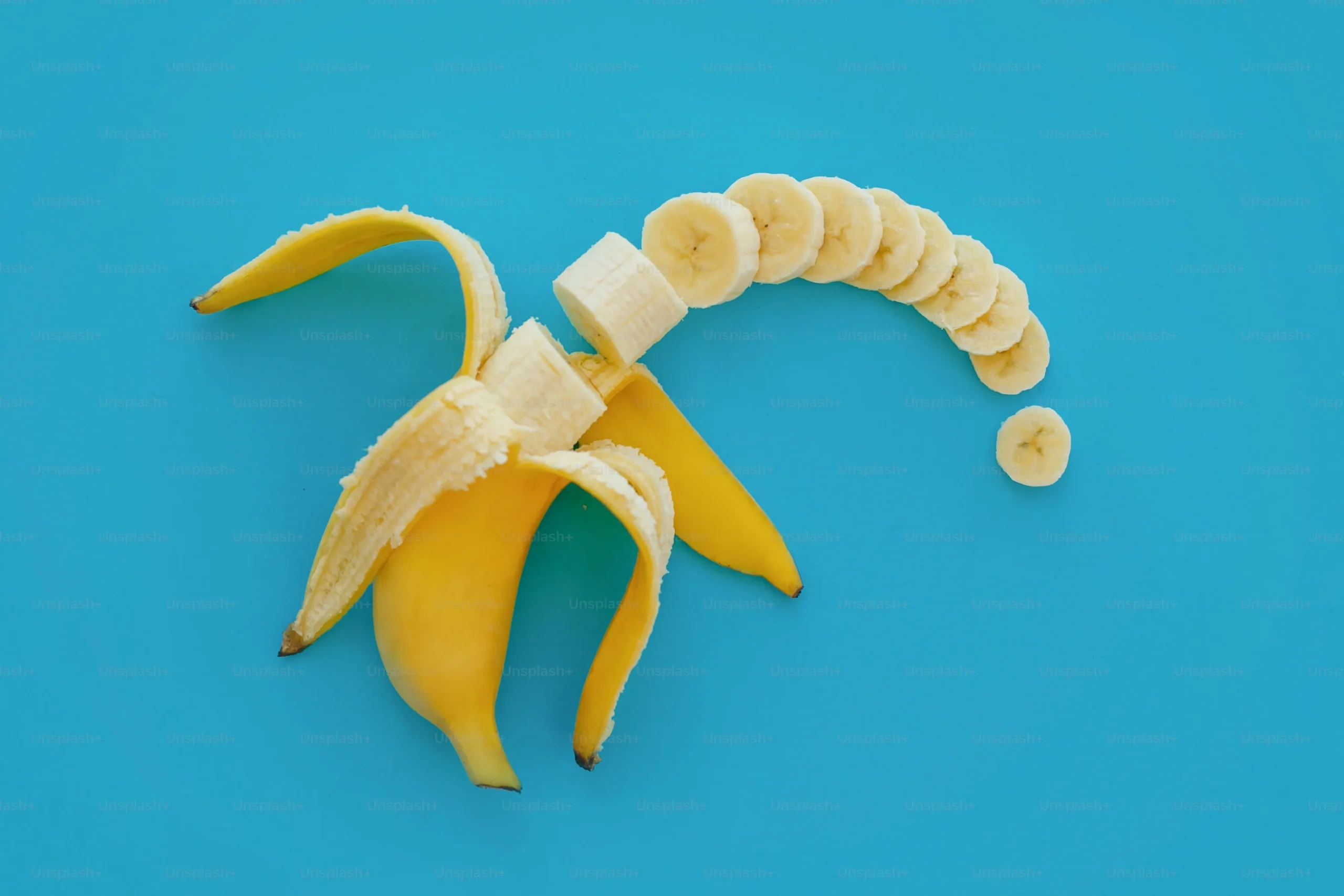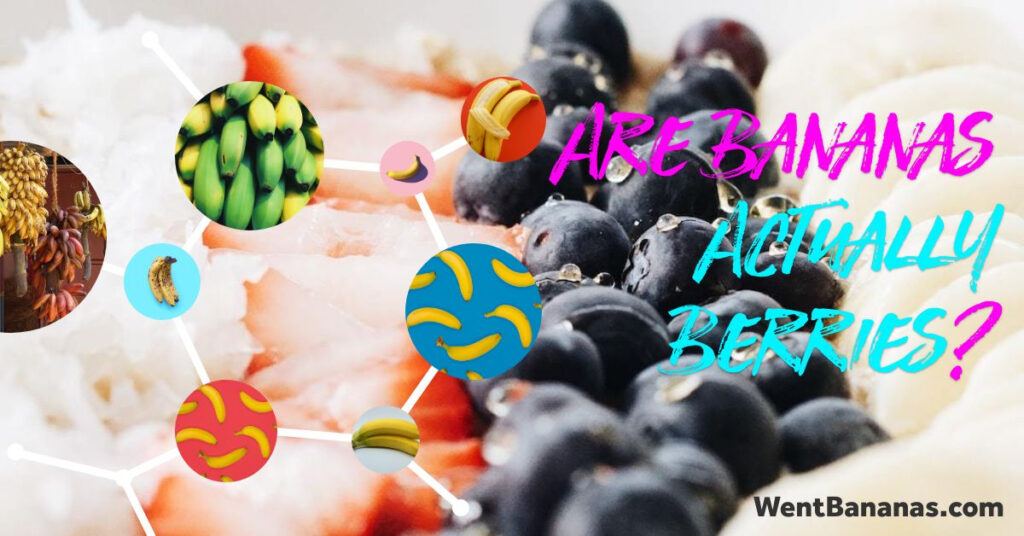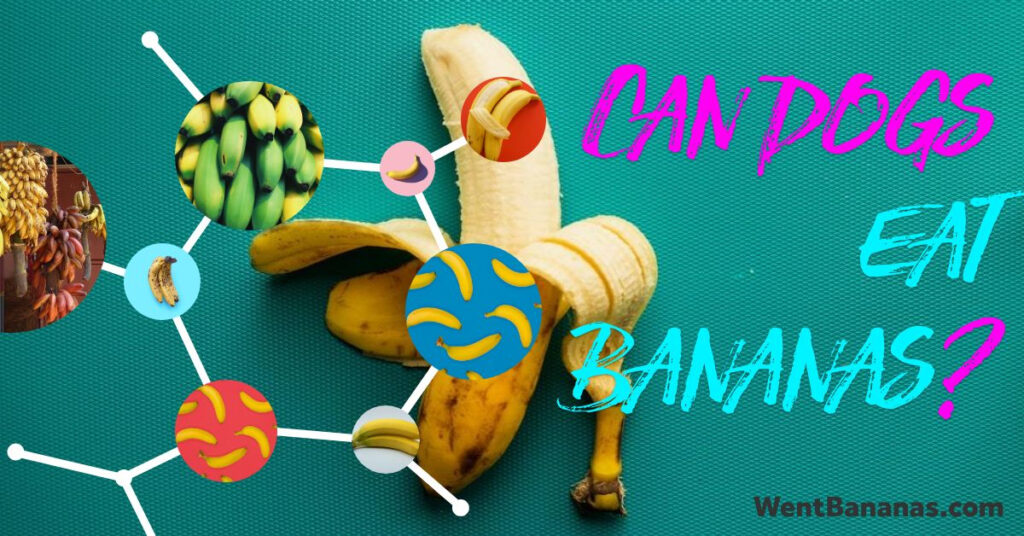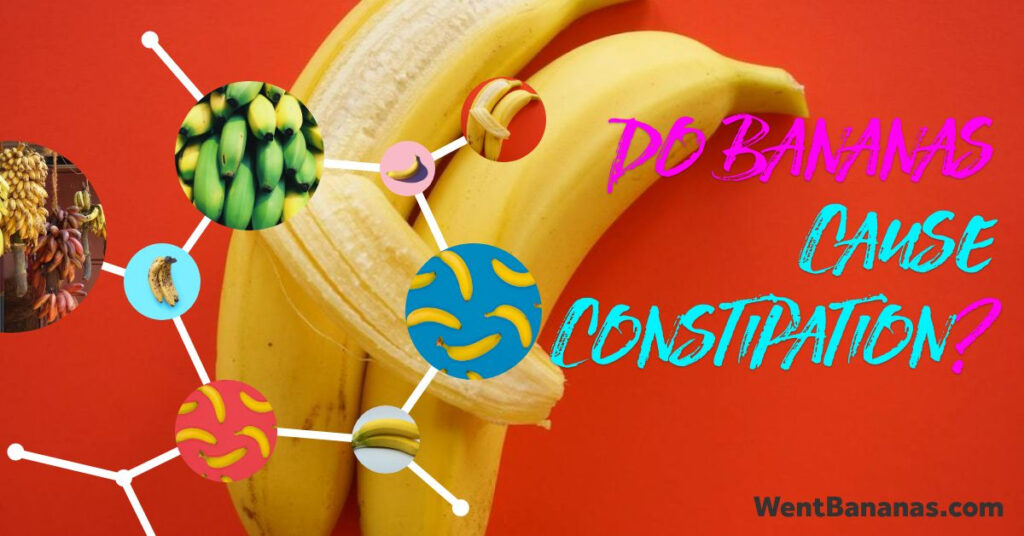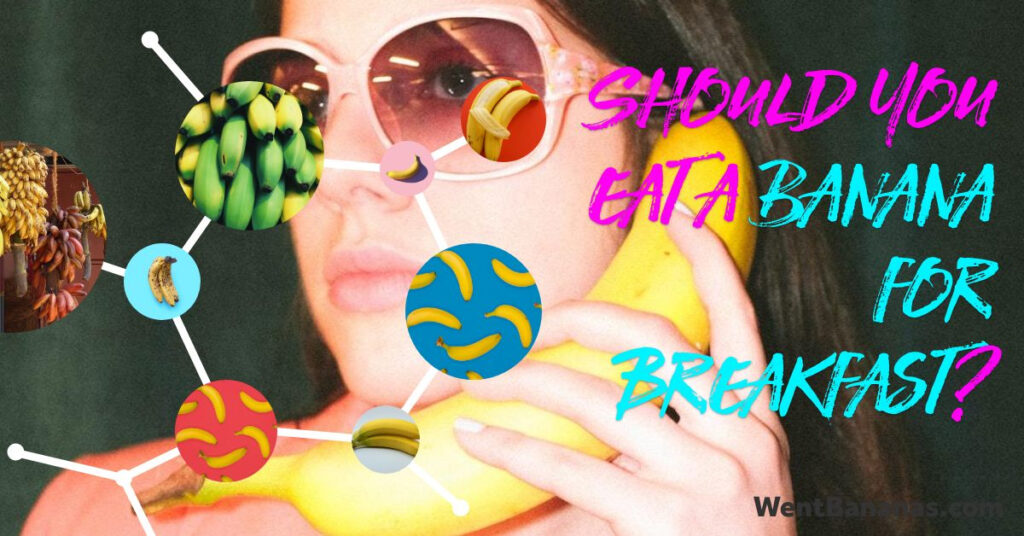Bananas are a delicious and nutritious fruit that many people enjoy. However, it’s not uncommon to be left with a bunch of bananas that have turned brown. The question then arises: if bananas are brown, are they bad? In this article, we’ll explore what causes bananas to turn brown, whether or not brown bananas are safe to eat, the nutritional benefits of brown bananas, and how to use them in recipes. So if you’re looking to learn more about bananas and what to do with those brown ones, keep reading!
What causes bananas to turn brown?
Bananas are a staple fruit in many households, but have you ever wondered why they turn brown? The answer lies in the chemical process of ripening.
As bananas ripen, enzymes break down starches into sugar, making them softer and sweeter. This same process also leads to the production of ethylene gas, which is responsible for the browning effect. When exposed to oxygen, a reaction occurs between amino acids and sugars in the fruit, resulting in melanin pigments that cause bananas to turn brown.

So does this mean that brown bananas are bad? Not necessarily. While their appearance may not be as appealing as a freshly peeled banana, they are still safe to eat and can even be used for baking or smoothies. However, if the banana has mold or an unpleasant odor, it is best to discard it.
In fact, some people prefer their bananas on the riper side because they are sweeter and easier to digest. But if you prefer your bananas with a more firm texture and bright yellow color, storing them properly can help slow down the ripening process. Keeping them at room temperature until they reach your desired level of ripeness before refrigerating can extend their shelf life.
So next time you see a brown banana sitting on your counter or in your fruit bowl, don’t be so quick to toss it out – embrace its natural sweetness and versatility!
Are brown bananas bad to eat? The answer is not a simple one. While some people may be put off by the appearance of a brown banana, there are actually some benefits to eating them.
Firstly, as bananas ripen, their starches break down into simpler sugars. This means that as a banana turns brown, it becomes sweeter and easier to digest. Additionally, the high levels of antioxidants and fiber found in ripe bananas can help improve digestion and reduce inflammation.
However, there are some things to watch out for when eating brown bananas. If the banana has mold or an unpleasant odor, it should be discarded immediately. Similarly, if the texture is extremely mushy or slimy, it may not be safe for consumption.
Ultimately, whether or not you choose to eat a brown banana comes down to personal preference and individual factors such as dietary restrictions or allergies. But don’t let appearances deceive you – there may just be some hidden benefits in those slightly overripe fruits sitting on your countertop!
The nutritional benefits of browning bananas.
While many people may turn their noses up at brown bananas, these overlooked fruits actually offer a range of nutritional benefits that are often missed by those who only eat them when they’re fresh and yellow.
Firstly, brown bananas are rich in resistant starch, which is a type of carbohydrate that is not fully digested in the small intestine. This means it acts more like fiber than traditional carbs, helping to regulate blood sugar levels and promote gut health.
Additionally, brown bananas contain higher levels of antioxidants than their yellow counterparts. These powerful compounds help to protect cells from damage caused by free radicals, reducing the risk of chronic diseases such as cancer and heart disease.

But perhaps most surprising is the fact that as bananas ripen and turn brown, they become richer in micronutrients such as potassium and vitamin C. In fact, studies have shown that a medium-sized brown banana contains 450 milligrams of potassium – more than twice the amount found in a medium-sized yellow banana!
So next time you see some browning bananas sitting on your kitchen counter or at the grocery store – don’t pass them up! Embrace their slightly sweeter flavor and reap all the nutritional benefits they have to offer.
How do I use brown bananas in recipes?
Have you ever wondered what to do with those brown bananas sitting on your kitchen counter? Many people believe that once a banana turns brown, it’s no longer good to eat. However, this is simply not true. Brown bananas are actually perfect for baking and can add a delicious flavor to many recipes.
The ripeness of a banana is determined by the breakdown of starch into sugar. As they ripen, the bananas become sweeter and more flavorful. This is why overripe or brown bananas are ideal for baking recipes such as banana bread, muffins, and pancakes.
In fact, using brown bananas can even enhance the texture of baked goods. The softness and moistness of overripe bananas create a tender crumb in baked goods that cannot be achieved with fresh ones.
If you’re not in the mood for baking but still want to use up your ripe bananas, try freezing them instead. Frozen ripe bananas make an excellent base for smoothies or ice cream. Simply peel and slice the ripe fruit into chunks before freezing them in an airtight container.

« Everything You Need to Know About Banana Repair in Peterborough
red banana pros and cons »
So next time you see those brown spots on your banana skin, don’t throw them away! Instead, use them to create delicious treats that will have everyone asking for seconds.
Check out our other articles to find out even more about banana.
In conclusion, it’s perfectly normal for bananas to turn brown and they can be eaten safely. Brown bananas are even higher in antioxidants than yellow ones! Whether you’re looking to take advantage of the nutritional benefits or just find out new ways to use them for recipes, make sure to check out our other articles about bananas here on our website. Check out our other articles to find out even more about banana.

